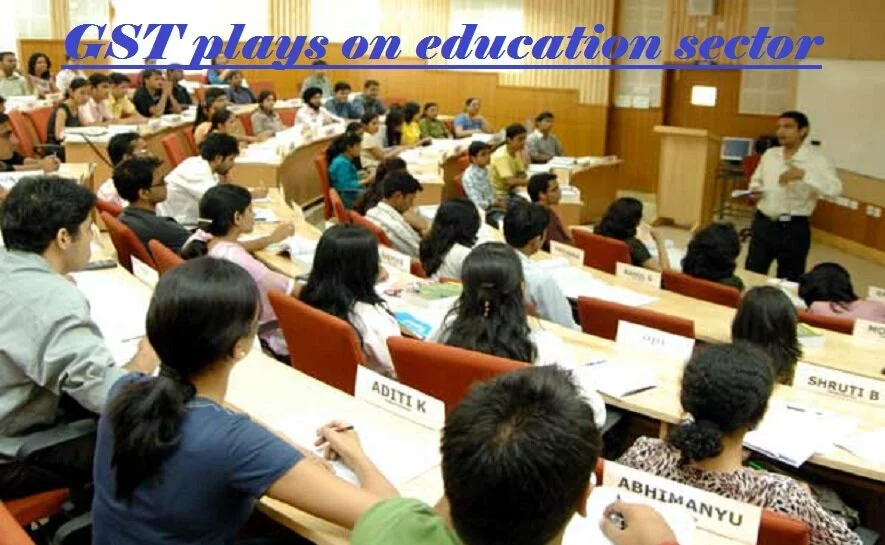The importance of education cannot be undermined in a country like India, where nearly half of its billion plus population is below the age of 25.
Jobs will call for creative problem solving, analytics and critical thinking. Hence, helping higher educational institutions which can impart cutting edge knowledge, at times in collaboration with foreign institutions, is the need of the hour.
The GST Council's decision to continue to exempt services provided by educational institutions to its students is a step in the right direction.Services to higher educational institutions are not GST free. Higher educational institutions will have to pay GST when availing of a wide range of services. This dilutes the objective of keeping education outside the GST ambit.
A vast majority of services provided to educational institutions were classified as 'business auxiliary services' and procurement of such services did not attract service tax.At that note, category of services supplied to educational institutions which would not attract service tax were restricted to four.
Services provided to higher educational institutions are taxable. While services provided by an educational institution are out of the GST ambit, unfortunately the same is not the case with services provided to an educational institution.
The GST exemption on procurements is available only to schools (from pre-school up to higher secondary school or its equivalent). Thus, the 'input'or supply of services such as transportation, catering, housekeeping, services relating to admission or conduct of examination to higher educational institutions will bear a GST levy. This will have to be borne by the higher educational institution.
'The impact of non-eligibility of input tax credit, is even more pinching due to the mandatory reverse charge mechanism if the goods or services are procured from unregistered dealers. Educational institutions typically obtain services from freelancers such as supervisors, research assistants, paper setters et all. Payments to such individuals would attract GST under reverse charge - it is the educational institution which would pay this tax and also comply with formalities of uploading documents on the GSTN portal,' explains Sunil Gabhawalla, chartered account and indirect tax specialist.
Higher costs would be an added deterrent for foreign students, who wish to study in India. Statistics drawn from the All India Survey on Higher Education conducted by the Union ministry of human resource development show that 45,424 students enrolled in India in 2015-16. While these students came from 165 countries, bulk of the students were from our neighbouring countries - Nepal (21%), followed by Afghanistan (10%) and Bhutan (6%). Compared with the outflow of students from India, overseas - largely to USA, this seems an insignificant figure. However, it denotes a rise of 31% as compared with numbers two years earlier.
Nearly 3.6 lakh students from India are studying overseas according to the Indian students mobility report (2016) by M.M. Advisory services. Even as media reports indicate that the Chinese students are twice this number, this report points out an increasing flow of Indian students to foreign countries. Higher educational institutions in India, especially through foreign collaborations are emerging as a more viable option for providing the same high quality, globally recognised education.

